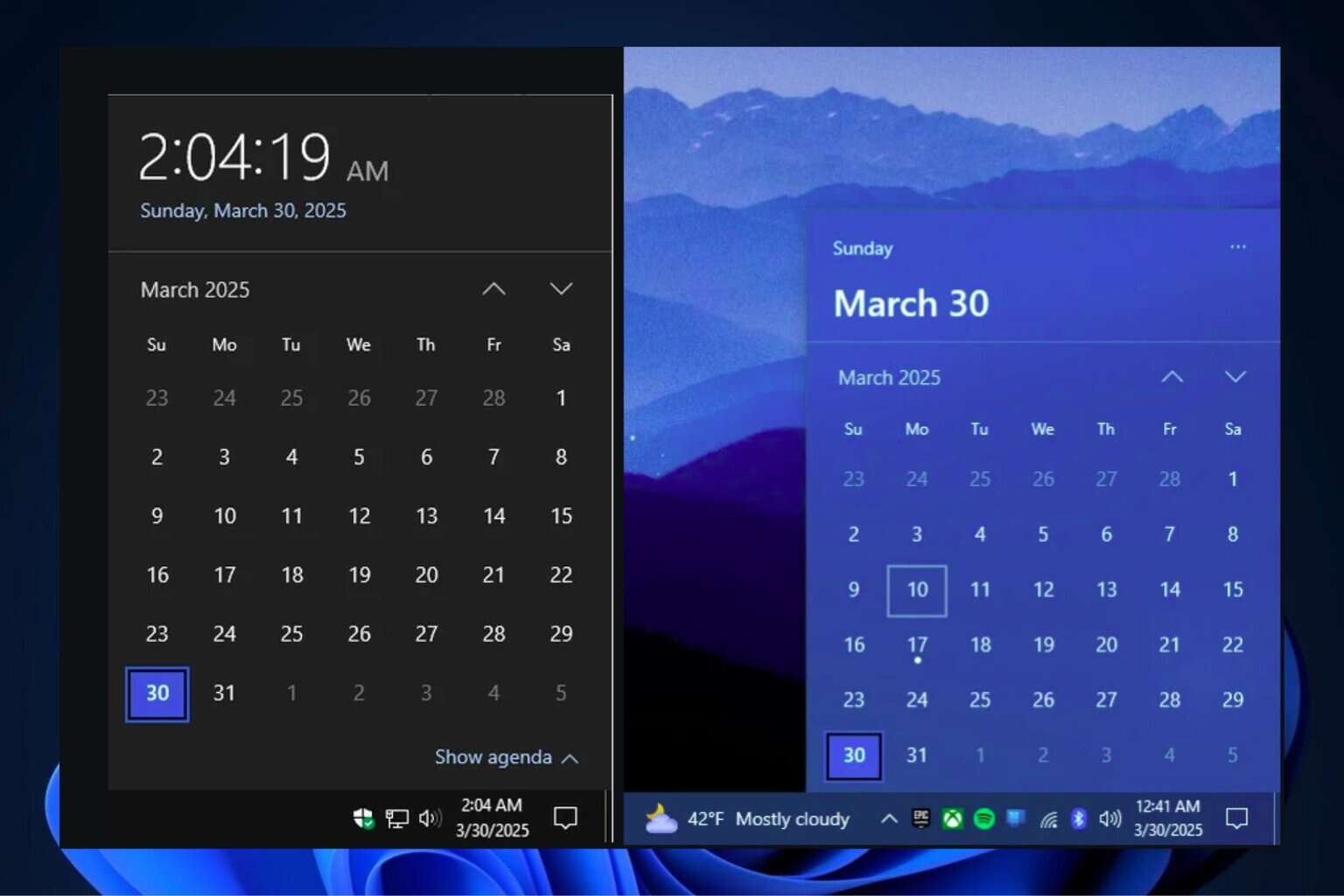How to Install the Steam Deck Windows 10 Audio Driver
We recommend sticking to Windows 11 on Steam Deck
3 min. read
Published on
Read our disclosure page to find out how can you help Windows Report sustain the editorial team. Read more

Getting your Steam Deck to run smoothly with Windows 10 can be a bit tricky, especially when it comes to audio drivers. But don’t worry, I’ve got you covered with this step-by-step guide to install Steam Deck audio drivers on Windows 10.
How do I install the Windows 10 Steam Deck audio drivers?
1. Decompress the Audio Driver Files Before Installation
- Visit the official Steam Deck Windows Resources page and download the audio drivers for Windows 10.
- Use a file decompression tool like WinRAR or 7-Zip to extract the contents of the downloaded RAR file into a single directory.
- Go to the directory where you decompressed the files and find the cs35l41.inf and NAU88L21.inf files.
- Right-click on the cs35l41.inf file.
- In the context menu, select Install.
- Similarly, right-click on the NAU88L21.inf file and select Install.
Decompressing the files ensures the INF files are accessible for installation, resolving issues where the Install option is not available. After installing both inf files, you can also install the APU driver. When installing the driver, on Windows 11 you also have an option for Additional Options. Click on it and select the check box for Factory Reset for the update to work. On Windows 10, you will not have that problem.
2. Change the boot order to Boot from SD Card
- Turn off the Steam Deck completely.
- Press and hold the Volume Down button, then press the Power button to turn on the device. This will bring up the Boot Manager.
- Use the Boot Manager to select the SD card where Windows is installed.
- Once booted into Windows, run the setup.exe file for the APU drivers and follow the on-screen instructions. When prompted to reboot, choose the option to reboot later.
- Shut down the Steam Deck, then repeat steps 1 and 2 to boot back into Windows from the SD card to complete the APU driver installation.
- Follow steps 4-6 from Solution 1 to install the audio drivers.
Changing the boot order ensures that the Steam Deck boots into the correct OS, allowing for the successful installation of the APU and subsequent audio drivers.
3. Update and Install APU Drivers
- Go to the official Steam Deck Windows Resources page highlighted in Solution 1 and download the latest APU driver.
- Execute the setup.exe file from the APU driver package.
- Proceed with the installation by following on-screen prompts. When asked to reboot, choose to continue without rebooting.
- Manually reboot into Windows using the Boot Manager as previously instructed.
- With APU drivers installed, follow steps 4-6 from Solution 1 to install the audio drivers.
Updating the APU driver ensures compatibility and support for the audio driver installation, resolving common conflicts.
Troubleshooting Steam Deck audio problems
Some users reported that even though they installed the latest audio drivers successfully, they experience sound issues on Steam Deck. If you have no sound on Steam Deck, we have a complete guide on how to fix the problems if the Windows audio drivers are not working.
You might also be interested to read our guide on how to install and update Windows 11 Steam Deck audio drivers.
By following these solutions, you can successfully install the audio drivers on your Steam Deck running Windows 10. To avoid future issues, always ensure your drivers are up-to-date and keep a backup of your essential files.
Did you manage to install the Steam Deck Windows 10 audio driver? Let us know in the comments below.









User forum
0 messages